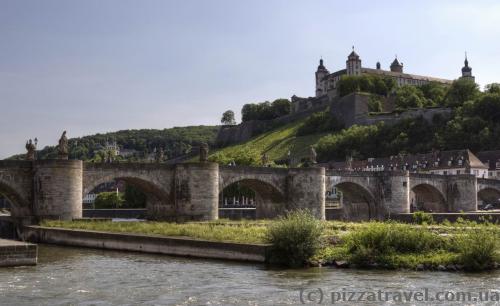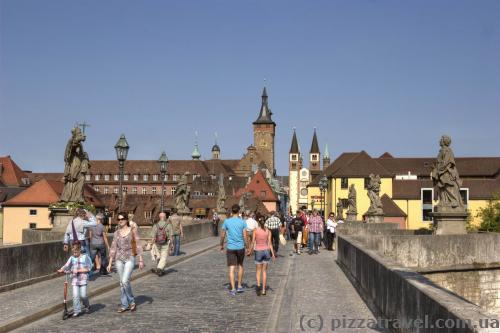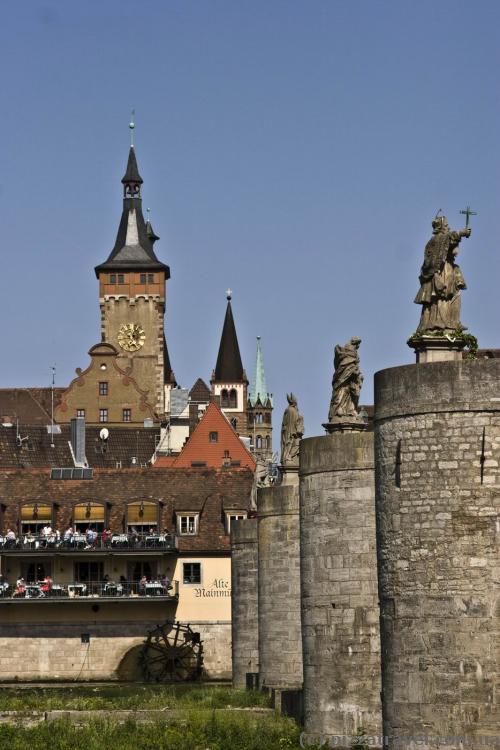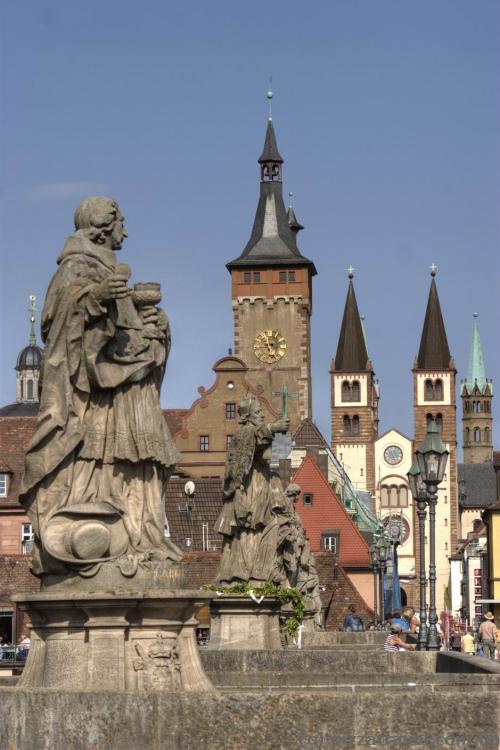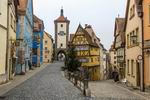Würzburg is little known among foreign tourists. This Baroque city is located in the heart of Germany, while most tourists prefer the western part of the country to move from south to north or vice versa. Several years ago, the city celebrated its 1300th anniversary.
Tourists walk around the Old Bridge (1473-1543), a visiting card of Würzburg. On the brigde you can see statues of saints, kings and bishops.
On the hill above the river stands the Marienberg Fortress. From the mid-13th century until 1720 it used to be the residence of local bishops until a new residence was built in the city.
The new residence has become a major baroque attraction of the entire region. In 1981, it was included in the UNESCO list of World Cultural Heritage Sites.
Important role in the history of Würzburg was played by Emperor Friedrich I Barbarossa, perhaps the greatest German in history. On July 17, 1156, he married Beatrix of Burgund here. In 1168, the emperor granted the title of Duke and land to the the Bishop of Würzburg. Independent church principality used to be here until 1803, when the region joined Bavaria. These scenes are depicted on the murals in the Würzburg residence.
In 1127, Würzburg housed the first knightly tournament in Germany. During the war, 90 percent of the city's buildings were destroyed in 17 minutes.
Getting there: All types of trains, including ICE, pass Wuerzburg. Trip from Nuremberg on the regional train lasts 1 hour 10 minutes, from Munich 3 hours and 10 minutes, from Frankfurt 1 hour 50 minutes.

